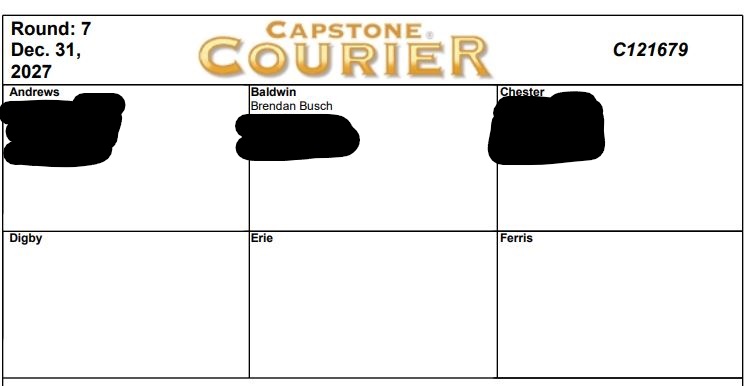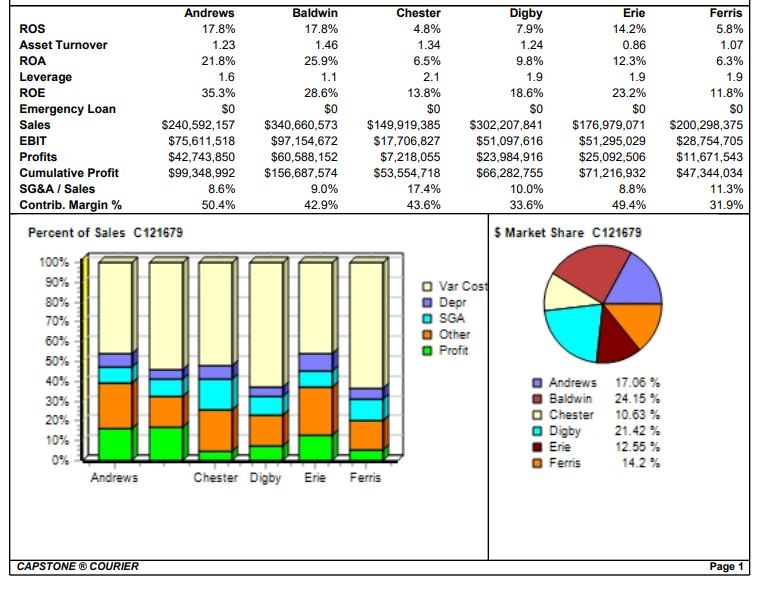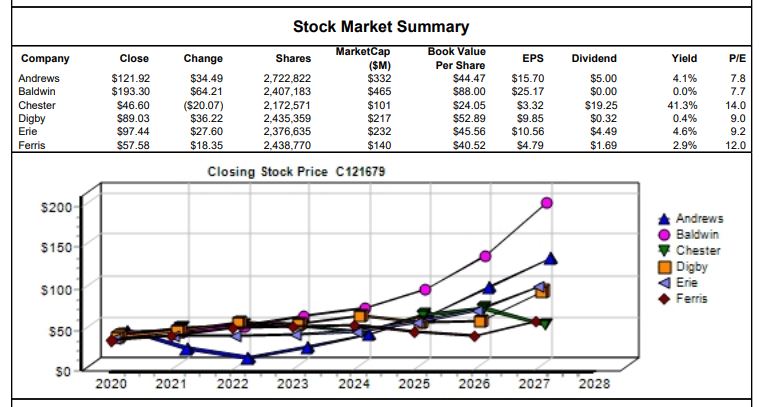What is Capstone Simulation?
Capstone Simulation "place individuals in the role of executive management at a multi-million dollar company, competing directly against other real or simulated teams to grab market share and grow their business."

Intro to Capstone Simulation:
In a nutshell, it’s a game to operate one of the companies and make it successful based on decisions made. The game assumes that you have excellent analysts, marketers, sales teams, and engineering teams.
This PowerPoint presentation will explain the simulation game.
Capstone Simulation 2.0 Outcome
Round 0 (not discoverable on file)
Round 1 (not discoverable on file)
Round 4 report and Round 5 decision rationale
Round 5 report and Round 6 decision rationale
Round 6 report and Round 7 decision rationale
Round 8 (not discoverable on file)
Note: Round 0, 1, and 8 isn't available for download directly from CapSim as it's closed. In other words, I didn't download it during academic session. Although I'm pleased to inform that the share price closed at the $260 range at round 8.
Reflection on Capstone Simulation:
Capstone Simulation can be overwhelming at first, but everything becomes easier once you get into an "ah-ha" moment. I've got my "ah-ha" moment at round 3 into 8 round simulation.
If I could've started over, I could've led my team to reach for 97%+ percentile easily. But, unfortunately, one of the lessons I've learned is that there's no starting-over in life, which means I had to make the best decision possible despite the ongoing rippling effect of my mistakes throughout the simulation.
However, the main lesson that reinforces what I already know is that having information can lead to a better outcome. In Capstone Stimulation, it's all about how well you can analyze and interpret the information available. However, in reality, having data is an advantage that generally leads to better decisions.
Does it mean you need all of the information to make a good decision? Not necessarily. You only need to have clear and convincing data. But, unfortunately, some decision has to be made on speculating information. One way is to create options, and the latter is doing nothing.
TLDR:
We’re pretending to be in management in the simulation in the sensors industry. Here are our results:


